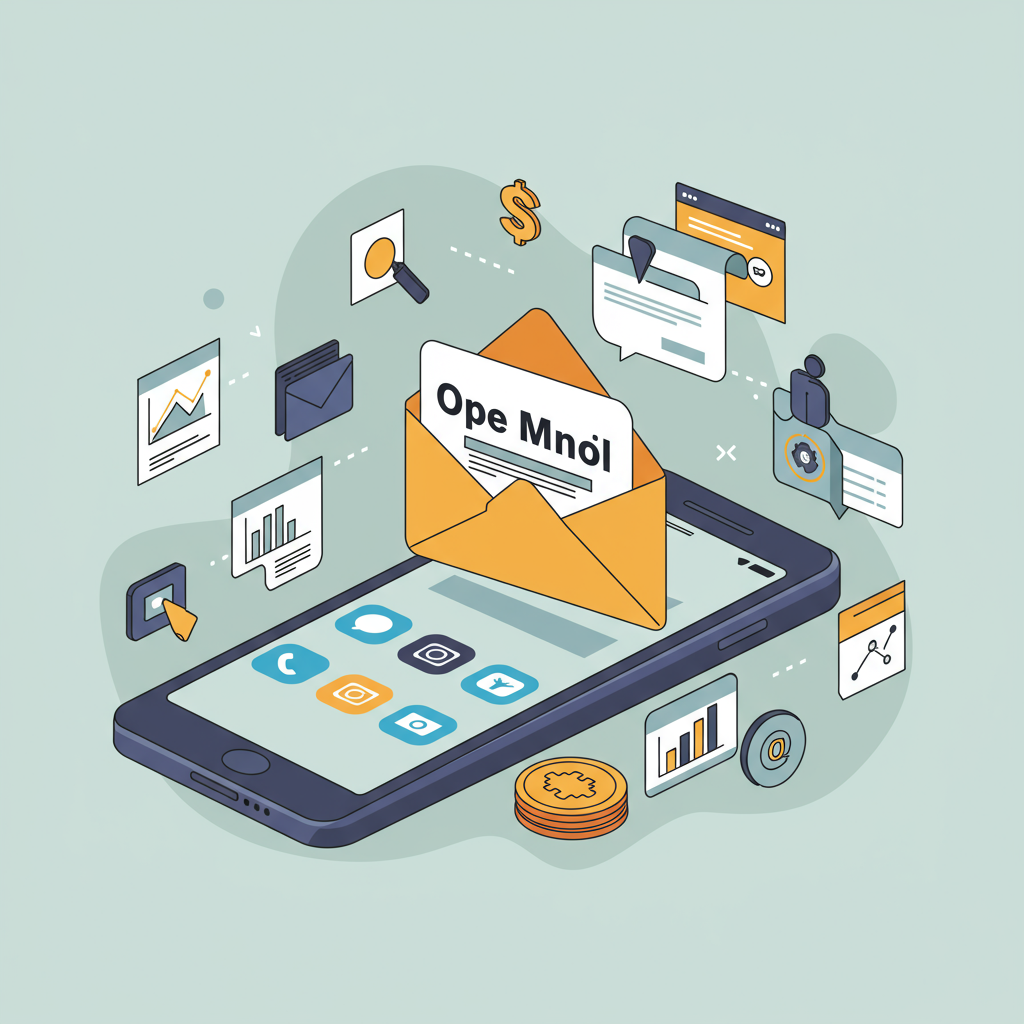Mastering the art of connecting with your customers and driving sales through intelligent email strategies.
As a Shopify merchant, you’re constantly seeking ways to connect with your customers and drive sales. In 2026, the landscape of e-commerce is more dynamic than ever, and one channel remains consistently powerful: email marketing.
I’ve seen firsthand how email transforms casual browsers into loyal customers, and it’s a direct line of communication you own, unlike social media algorithms.
For 2026, we’re not just talking about sending newsletters; we’re talking about sophisticated, data-driven, and highly personalized communication strategies.
My first piece of advice is always to focus on building a robust email list. This isn’t just about quantity; it’s about quality.
Think beyond a simple pop-up. Consider exit-intent pop-ups, lead magnets like exclusive guides or discount codes, and even in-person sign-ups at events.
Once you have subscribers, the next crucial step, in my experience, is segmentation. Treating all customers the same is a recipe for low engagement.
I segment my lists based on purchase history, browsing behavior, demographics, location, and even how recently they’ve engaged with my emails.
This leads directly to personalization. In 2026, generic emails simply won’t cut it. Customers expect you to know them.
I use dynamic content blocks that change based on the recipient’s data, showing them products they’ve viewed or related items they might like.
Looking ahead, AI will play an even larger role in hyper-personalization, predicting what a customer wants before they even know it themselves.
Now, let’s talk about automation, which is where email marketing truly shines. Every new subscriber should immediately enter a welcome series.
My welcome series typically includes 3-5 emails: an introduction to the brand, a showcase of best-sellers, a story about our values, and perhaps a special first-purchase offer.
The abandoned cart flow is, without a doubt, one of the highest ROI automations. I’ve recovered countless sales with a well-crafted sequence.
My strategy involves a reminder email within an hour, a second email with a gentle nudge or social proof after 24 hours, and sometimes a final offer after 48 hours.
Don’t stop after the sale! Post-purchase flows are vital for building loyalty and encouraging repeat business.
I send thank-you emails, order confirmations, shipping updates, and then follow up with requests for reviews, cross-sell suggestions, and loyalty program invitations.
For inactive subscribers or customers, I implement win-back campaigns. These are designed to re-engage them before they churn completely.
I might offer a significant discount, highlight new products, or simply ask for feedback on why they haven’t engaged recently.
Beyond automated flows, your regular email content needs to provide value. It’s not just about pushing products.
I share behind-the-scenes glimpses, educational content related to my products, customer success stories, and even lifestyle tips.
Storytelling is incredibly powerful. I weave narratives around my brand, my products, and my customers to create an emotional connection.
When it comes to design, remember that most people check emails on their phones. My emails are always mobile-responsive and easy to read on any device.
Clear calls to action (CTAs) are essential, and I ensure my branding is consistent across all my email communications.
The subject line and preheader text are your first impression. I spend a lot of time crafting compelling, personalized, and curiosity-inducing lines.
I also pay close attention to deliverability. Ensuring my emails land in the inbox, not the spam folder, is paramount. This involves good list hygiene and technical setup.
In 2026, AI will further optimize send times, predict optimal content, and even help generate compelling copy, making our jobs easier and more effective.
I’m increasingly integrating my email efforts with SMS and social media, creating a seamless omnichannel experience for my customers.
With evolving data privacy regulations, I ensure all my email practices are compliant, transparent, and respect my customers’ privacy. Trust is key.
I’m also exploring interactive email elements (like AMP for Email) to create more engaging experiences directly within the inbox.
Finally, I constantly measure my results. Open rates, click-through rates, conversion rates, and ROI are my guiding stars. I A/B test everything.
This iterative process of testing, analyzing, and optimizing is how I ensure my email marketing efforts are always improving and delivering maximum impact.
Email marketing for your Shopify store in 2026 isn’t just a tool; it’s a strategic powerhouse. By focusing on personalization, automation, valuable content, and continuous optimization, you’ll build stronger customer relationships and drive significant growth.
What do you think about these strategies? I’d love to hear your thoughts and any tips you’ve found successful!
Embrace these tips, experiment, and watch your Shopify store thrive through the power of intelligent email marketing.






